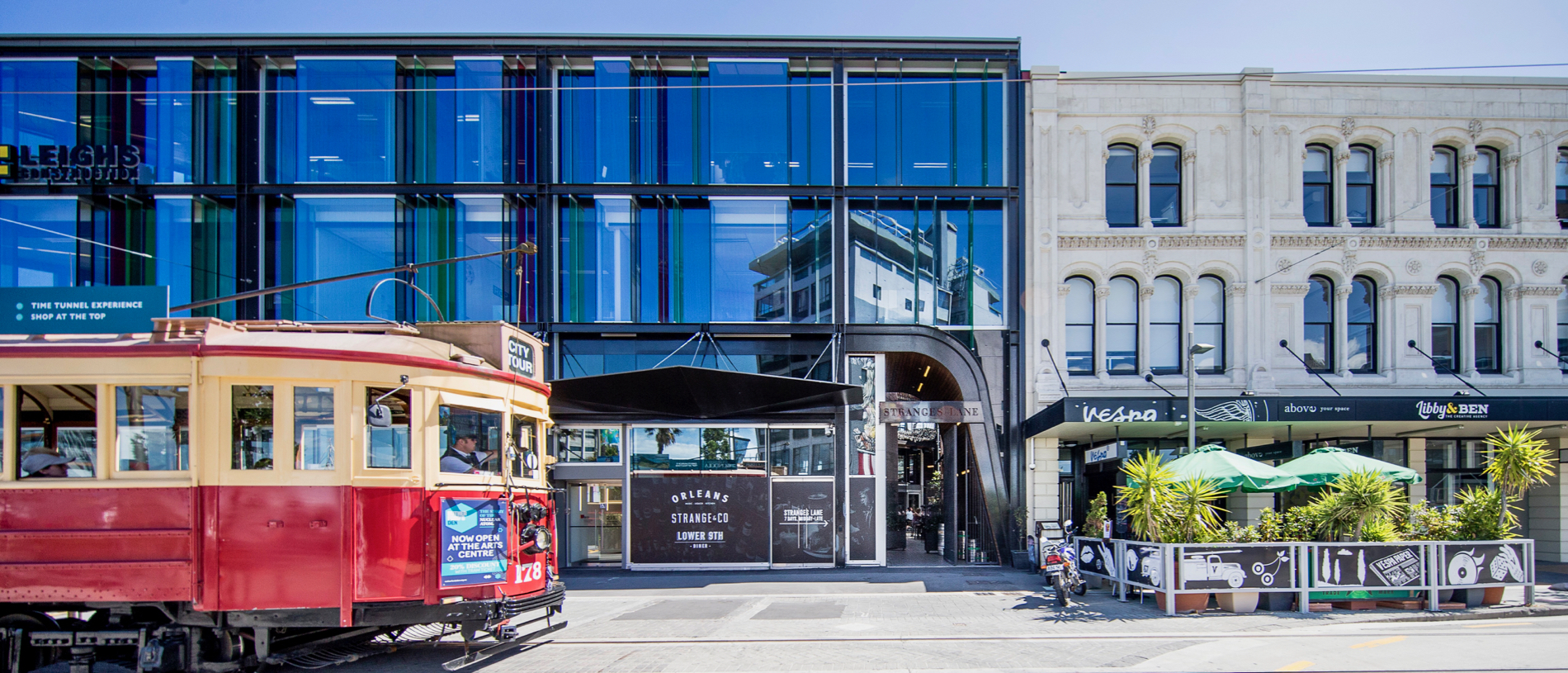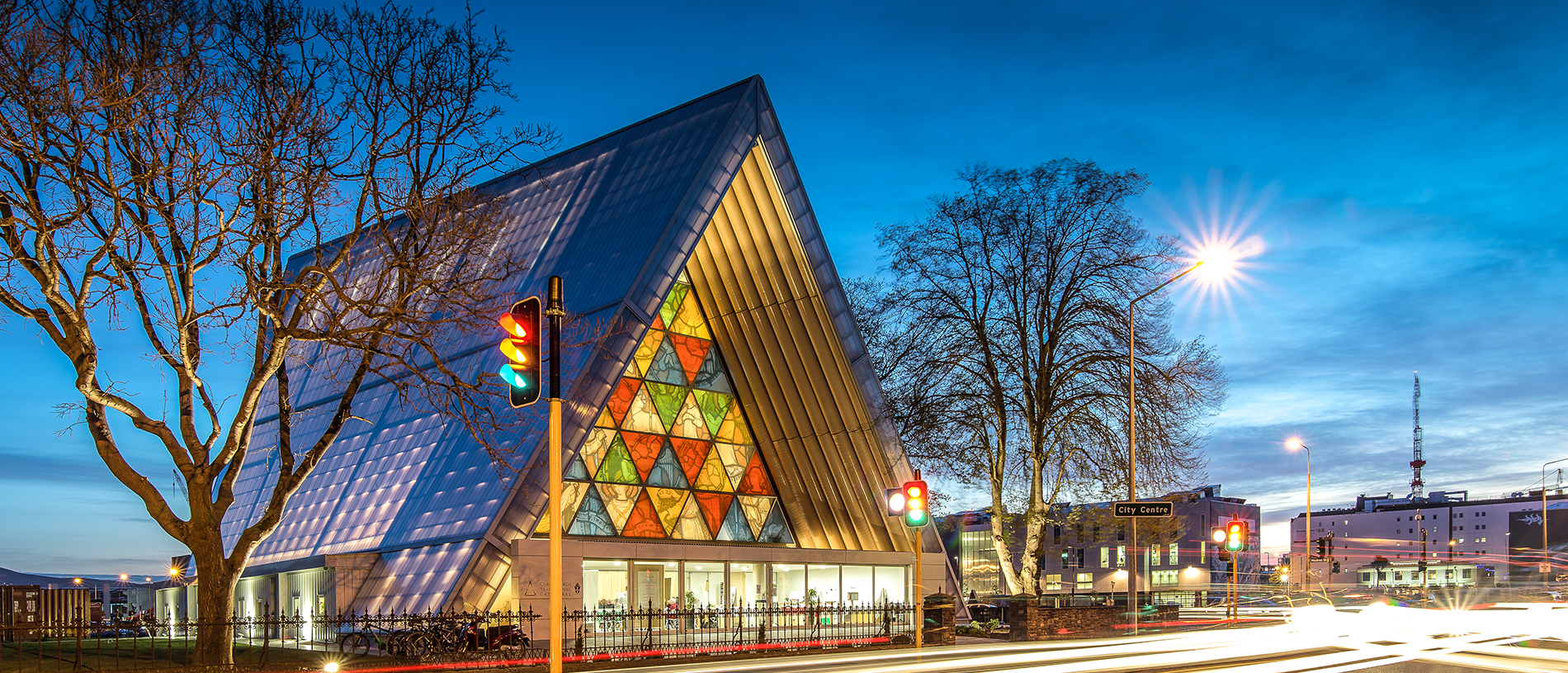
Loved by the locals: Christchurch
The new and improved Christchurch City is filled with attractions to keep you occupied – whether you're into dancing, garden rambles, vintage transport or great food.

I’m often asked by visitors if they should bother to visit Christchurch. I’m always a bit gobsmacked by this.
To me, it’s like asking if it would be interesting to see Pompeii before the volcano erupted. Or Paris in the 1920s. Because how often do you get to see a city in the midst of a complete transformation – in such a rapid period of change? And Christchurch today is a unique experience – different from the experience of Christchurch last month, next month and certainly six years ago.
Christchurch today has it all – the still-lingering rubble of the 2011 earthquakes alongside the transitional and temporary projects that tell the story of a city whose spirit refused to die – as well as a few examples of the shiny and modern, where new visions, hopes and dreams for the future spring up every day.
Lonely Planet called Christchurch a 'vibrant city in transition, coping resiliently and creatively'.
Gap Filler is an organisation that jumped in following the 7.3 magnitude quake in September 2010. They developed transitional projects to fill the little 'gaps' of demolished buildings that dotted the city like missing teeth. Five months later, there were more gaps than not. More than 80% of the central business district was demolished after the quakes, leaving plenty of room for new ideas.
Now that the Christchurch Art Gallery and the stunningly refurbished Isaac Theatre Royale are re-opened and fully functioning, the city has a full slate of urban offerings – restaurants, shopping, art and entertainment. Each week, something new opens. Seeking these out is half the fun. Try the Neatplaces website and app for guidance.
Christchurch was once known for being more English than England.
When the special commissioner representing the British government, John Gorst, visited the 1906 International Exhibition in Christchurch he remarked, 'It is the loveliest town I have ever seen. It is a "garden city". To my mind, Christchurch is exactly what we are trying to make our garden cities in England.'
The Garden City name stuck, but city slogans seem to be on hold at the moment – waiting patiently for the city to redefine itself.
The beautifully restored Arts Centre is one of the few remaining examples of this English past – and Christchurch’s Gothic Revival architectural heritage. In fact, the former Christchurch College is one of the most significant collections of heritage buildings in New Zealand, all the more precious in the glass and steel post-quake city. The painstaking rebuild and earthquake strengthening has been one of the great rebuild success for the city, with most of the complex re-opened by the end of 2016.
For the people who live here, Christchurch’s main attraction is not the city itself, but its position being cradled between the Southern Alps and the Pacific Ocean.
As Booker Prize novelist Eleanor Catton beautifully explained, 'I grew up in a city chosen and beloved by my parents for its proximity to the mountains – Christchurch is two hours distant from the worn saddle of Arthur’s Pass, the mountain village that was and is my father’s spiritual touchstone, his chapel and cathedral in the wild.'
New Christchurch has an influx of new residents, drawn by the opportunities in making a new city.
Filmmaker Adam Luxton recently returned to New Zealand from Berlin. His film On an Unknown Beach was released at the 2016 New Zealand International Film Festival and features post-quake Christchurch as an instrument of sound artist Bruce Russell. Luxton said in an interview, 'In a way, Christchurch reminds me of Berlin. This broken space. How there is potential in a place that is not organised properly yet.'
Potential. It’s an exciting idea for a city. Every day, Christchurch has less 'potential' and more 'actual' – for better or worse. But this time of change is not short of energy – which is dramatically expressed in street art on the city’s exposed walls, and in the vibrant pockets of life that are clawing back around the city. Anyone interesting in urban change or who is curious about how a city rebuilds itself from the ground u will find great stories of resilience and innovation in Christchurch.
Even if this tale of destruction and rebuild doesn’t pique your interest, New Zealand’s second largest city still has lots to offer.